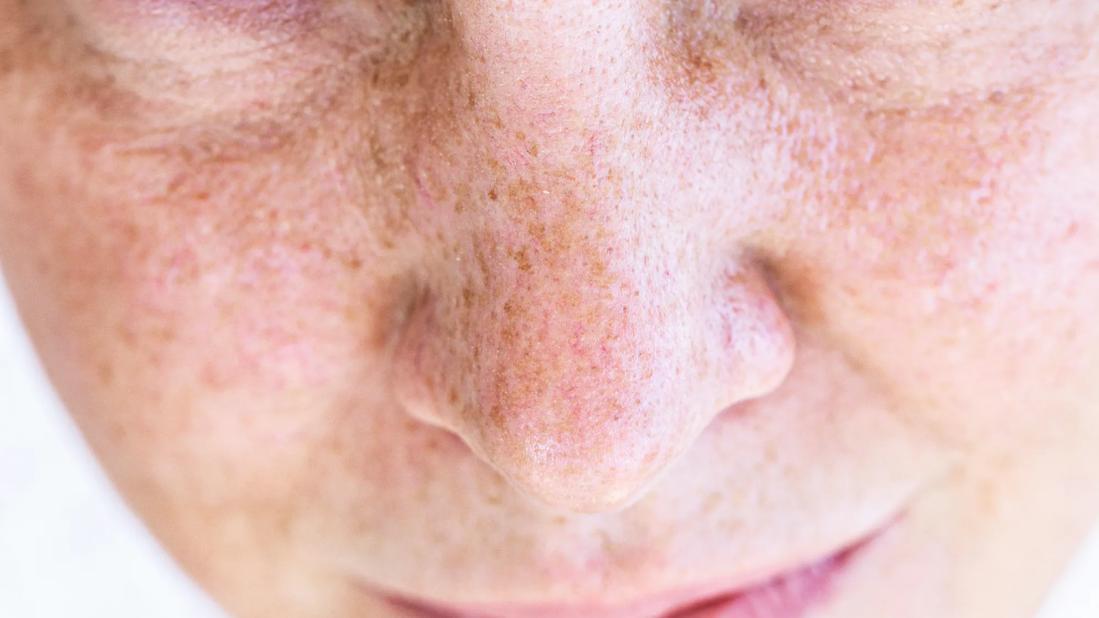Congenital Adrenal Hyperplasia and Hyperpigmentation
Proper treatment should keep your skin tone more even

Congenital adrenal hyperplasia (CAH) affects hormones throughout your body, which can impact everything from your stress response and your electrolyte balance to how your physical features develop.
It can also affect your skin. Acne is common, as are patches of uneven skin color called hyperpigmentation.
Endocrinologist Pratibha Rao, MD, shares how CAH can cause hyperpigmentation and what to do about it.
How CAH causes hyperpigmentation
People with CAH can’t make (or don’t make enough) cortisol. That’s a hormone that, among other things, affects how your body responds to stress. When your body tries to compensate for missing cortisol, it creates a domino effect.
One thing leads to another, and other hormones are affected. Hyperpigmentation is one of those downstream changes.
Let’s take a close look at why:
- When cortisol is low, your brain tries to make more. It tells your pituitary gland (a small gland at the base of your brain that releases hormones) to send out more ACTH (adrenocorticotropic hormone). ACTH’s job is to tell your adrenal glands to make more cortisol.
- No matter how much ACTH you have, your adrenal glands still can’t make cortisol properly. That’s because 95% of people with CAH are missing an enzyme that makes cortisol production possible. (The 21-hydroxylase enzyme, to be specific.) So, your body doesn’t respond to ACTH.
- Your brain sends more and more ACTH. It’s trying to get the cortisol it needs, and it doesn’t accept that it can’t happen. So, it piles on the ACTH.
- When your body makes ACTH, it also makes another hormone called MSH. That stands for melanocyte-stimulating hormone. ACTH and MSH are both made from the same starter molecule — POMC (pro-opiomelanocortin), so more ACTH means more MSH. Like that Frank Sinatra song goes, “You can’t have one without the other.”
- MSH tells pigment-producing cells in your skin to make more melanin — the substance that gives skin its color. All that extra melanin leads to patches of skin that are darker than the rest of your body — hyperpigmentation.
Hyperpigmentation is usually most noticeable on:
- Your gums
- Your tongue
- The palms of your hands
- The soles of your feet
“Your natural skin tone can affect how hyperpigmentation shows,” Dr. Rao clarifies. “It can be less obvious on people with darker skin tones and more apparent on lighter skin.”
Managing hyperpigmentation with CAH
Now, for the good news: With proper management of CAH, patches of hyperpigmentation should fade away.
Glucocorticoids are a common category of medication for CAH. They replace the cortisol that your body doesn’t create naturally. These medications help do all the things that cortisol normally does — like help your body respond to stress and recover from injury.
They can also stop the cascade of hormone overproduction that leads to discolored patches.
“Glucocorticoids help to suppress ACTH. When you do that, you also keep the body from creating extra MSH,” Dr. Rao explains. “That means you don’t end up with hyperpigmentation either.”
Common glucocorticoids include:
- Prednisone
- Hydrocortisone
- Methylprednisolone
Hyperpigmentation should start to clear up quickly after you begin taking glucocorticoids to manage CAH. Talk with a healthcare provider about how CAH is affecting you. Treatment is available to help you live your best life.